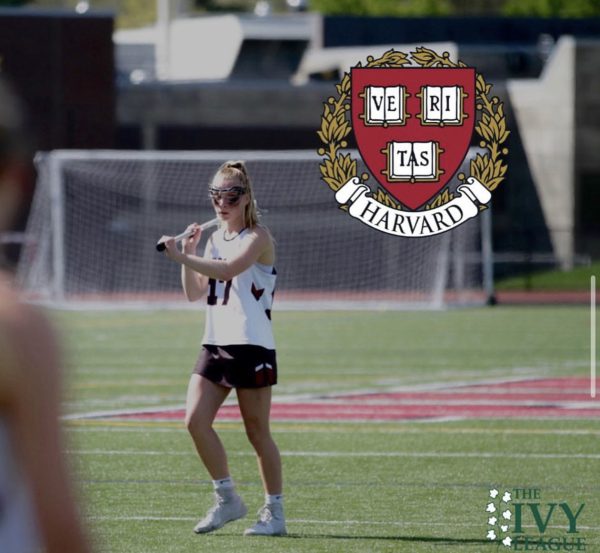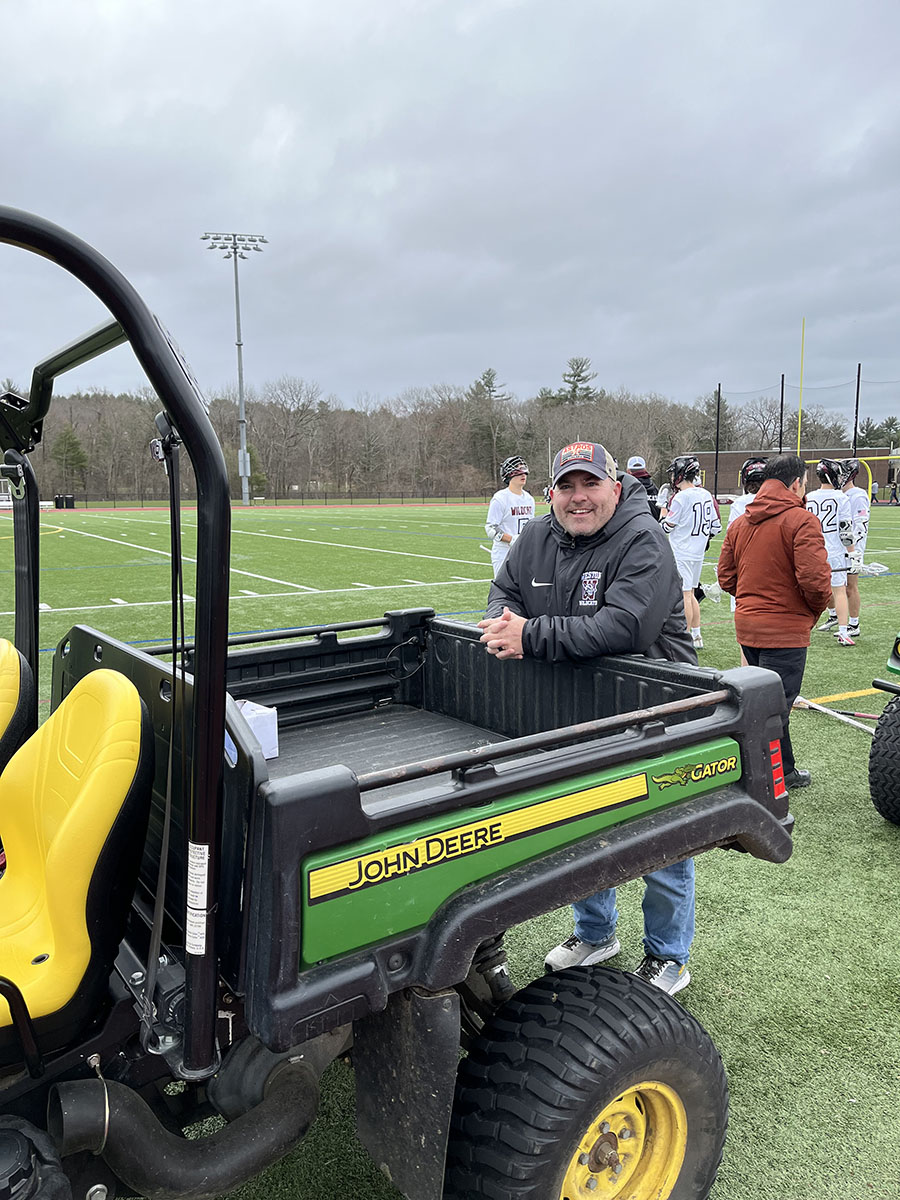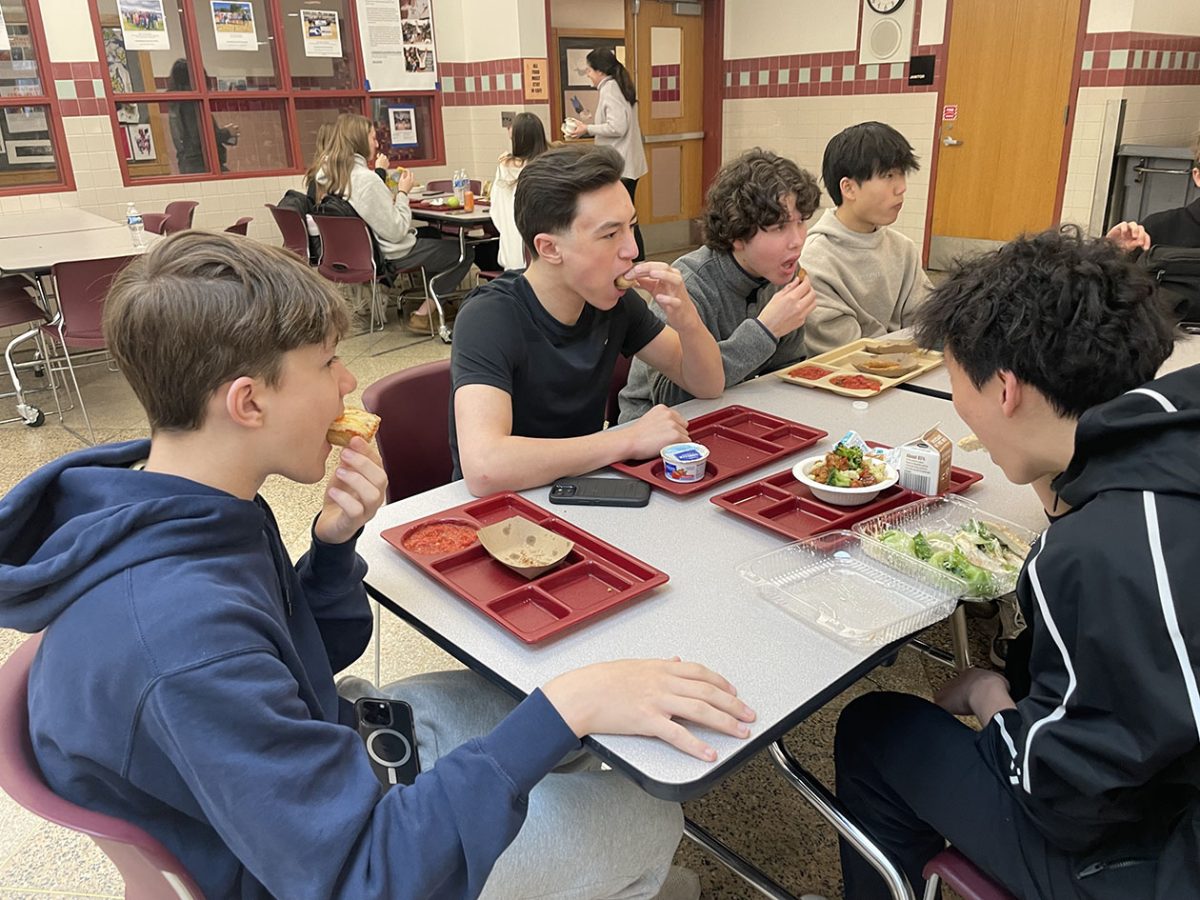Although there are many talented athletes at WHS, only a handful actually end up being recruited to play sports after high school. For a student athlete to be a good candidate for college sports, there are many challenges they must face that go beyond talent.
Some who pursued this dream of competing at the college level took an active role in opening up lines of communication with their preferred schools as a first step.
“I stayed very consistent with my emails with coaches and made sure that I expressed my interest with them,” said senior Chloe Schiller, a recruited athlete to Colgate for track. “Once I was in contact with the assistant coach at the school I loved and could see myself at, I went to great lengths to talk to the head coach.”
Considering the large pool of possible recruits available to every college, being a proactive participant in the recruiting process is key to finding success.
“Making the effort to reach out to colleges first greatly increases your chances of being picked up. From there, it is important to continue to put in the effort to stay in contact with the coaches,” senior MIT commit TJ Dahl said. “In person events are also a good way to make that initial contact with coaches.”
Being recruited can also make the overall college application process even more stressful for student athletes as it’s important for them to maintain their grades as well as succeed athletically.
“There was not really another option in my mind besides getting faster and maintaining my grades. School has always been number one for me, so I did what I needed to do to stay caught up on work and prepared for assessments,” said Jackie Stjernfeldt, a recruited athlete to Harvard for rowing. “I never missed practice and would put in lots of meters on the erg in the morning before school and on weekends to make sure I was showing an upward trajectory.”
Once schools make their offers to recruited students, there are many factors that can persuade athletes to commit to preferred schools.
“I chose Colgate because I adore Coach France and just knew she would be supportive and amazing,” Schiller said. “[I also chose it for] its great liberal arts education, the opportunities to go abroad, the beautiful campus, and that it is an hour and a half away from my sister.”
Balancing the academics and athletics a school has to offer is central to many athletes, especially for students who excel in both areas.
“I chose Harvard because of its exceptional academics and amazing lacrosse team where I knew I would get the absolute best of both worlds,” senior Lily Kacyvenski said.
A school’s commitment to a sport, as demonstrated by the quality of the facilities and the growth of a program, can also play a role in helping recruited athletes select where they want to play.
“[University of Georgia is] currently building a new $150 million, 5,000 seat arena for the team that should be done this fall,” senior Andrew Goldstein said. “Hockey in the South is growing rapidly, and all of the large schools down there are investing heavily in building very strong, competitive hockey programs that garner enormous community support.”
For some athletes, personal preferences and priorities played a major role in helping them choose where they will play and learn.
“[Proximity] was ultimately the deciding factor. The other programs I was deciding between at the very end were super far from home, and coming from a tight-knit family, I wasn’t ready to be a long flight away from them,” said Stjernfeldt. “I love Cambridge and Boston and I am excited to be close to home.”
With the whole process now over for these athletes, some who are heading to their preferred school this fall can reflect back on the sport that helped get them there, even as they look to the future.
“Finishing high school and moving into college, I have now come to further appreciate crew for its team elements,” Dahl said. “I am excited about being around other people who are equally passionate about rowing as I move into college.”





